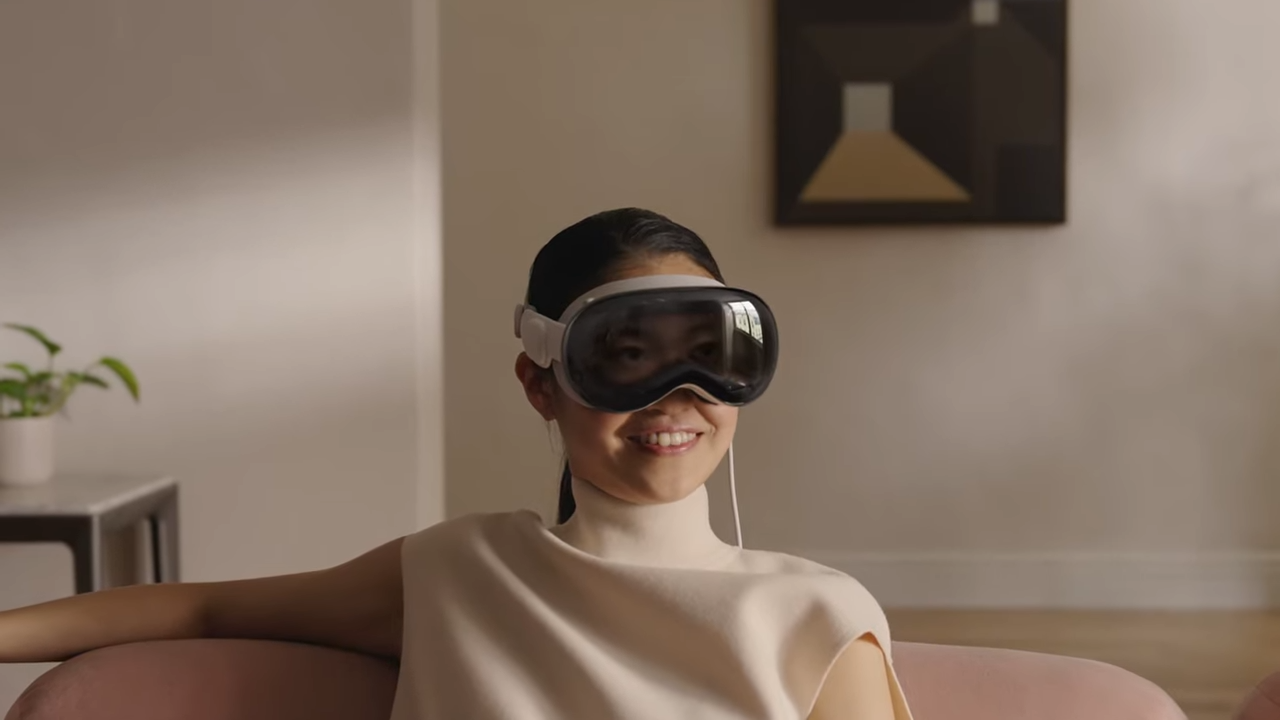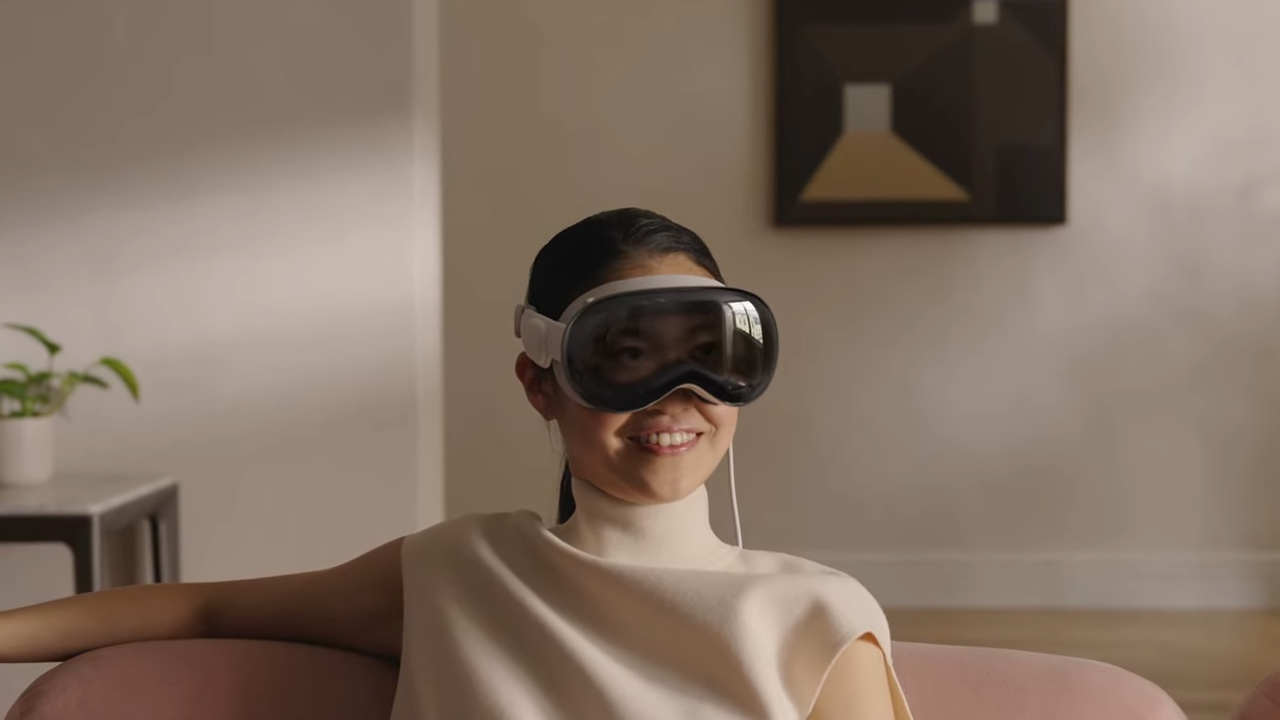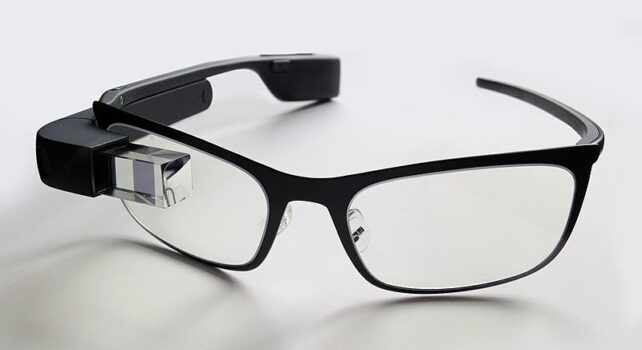
In April, I wrote that I had high expectations for Apple’s new augmented reality headset — and that I was looking forward to switching back to the iPhone if it was what I hoped for.
I was very much disappointed by the actual announcement of the Apple Vision Pro on Monday.
You can watch the headset part of the presentation below:
The price tag. OMG, the price tag
Really? $3,500? Really? I’m a writer, so I’ve owned cars that cost less than that.
If we assume that prices will drop in half every year, it will take four years to get down to what I would consider a reasonable price — around $200. Unless, of course, it can work as a phone replacement, in which case, it might be down to a reasonable $875 in two years.
Not available until next year
Did I say two years? I meant three years — because this thing won’t be available until 2024.
Which means if it’s an add-on, and not a phone replacement, it will take five years to get down to a reasonable $200.
The size. Look at the size.
This thing is huge. I want my augmented reality headset to be a pair of sunglasses. Especially since this thing is connected by a cord to a battery pack you wear. If it’s connected by a cord to something anyway, might as well connect it to a phone — or a pack that has the processor in it, so that the headset itself can be a lot smaller.
Also, this feels like it’s meant to be a work productivity tool. That means that the cord could be connecting it to a computer. Again, you can move the chips out of the headset itself and make it lighter.
The creepy eye display.
When you look at someone wearing one of these headsets, you’ll be able to see their eyes and where they are looking. Not because the display is transparent — but because the entire outside surface is a display screen that shows you a video of the person’s eyes.
It is super creepy. To me, at least.


Also, it seems like such a waste of processing and display just to show a pair of eyes. If you want to have a headset where you can see the user’s eyes, just have a clear-glass headset where you can see the user’s eyes.
The pass-through camera.
And clear glass goes the other way, too.
As far as I’m concerned, in order to use an augmented reality headset for anything, you need to have clear lenses. That way, you can see your surroundings, with the augmented reality stuff as an overlay on top.
This is what I thought the Apple headset was going to look like:


Plus, when clear-glass headset is turned off, you can still use it as a regular pair of glasses or sunglasses. I currently wear glasses. Being able to have them do double-duty as a phone display screen would be excellent.
Instead, Apple decided to make the headset opaque, and to use cameras to try to trick you into thinking that you’re seeing out of them to the room around you.
Now, according to Mike Rockwell, head of Apple’s AR/VR team, their headset chips are so good that it “virtually eliminates lag.”
It’s that “virtually” that gets to me. Virtually? So there will be lag between what happens around me, and what I’m seeing in the headset? That’s the kind of fake augmented reality I hate in the headsets I already own, like Meta’s Quest.
I really wanted to have transparent lenses — like the old Google Glass headset, but better looking, and with better functionality and usability.


Now, maybe Apple will be able to fully eliminate lag by the time people start to actually use the headset three to five years from now, but, today, I’m disappointed.
Even better, when I actually buy this thing they will have figured out a way to use clear glass. The technology is there already — glass that can programmatically go from opaque to transparent and show projected images on it.
Or they’ll have made the cameras so responsive that any lag is completely eliminated, not just “virtually.”
Not a phone replacement
Because this is a bulky headset with short battery life and a cord — and not a pair of sunglasses you can whip on and off — this is not a headset that is going to replace your phone screen.
And if it doesn’t replace my phone, then I’m not going to be using it all the time. Which means I’ll be using it the way I use my VR headsets today — infrequently. And when I use things infrequently, I forget how they work between sessions.
This means that I’m reluctant to use the headset instead of, say, just a regular Zoom meeting. Which means I use it even less often, until, eventually, it just sits there gathering dust on my shelf. I’m not about to pay $3,500 for a paperweight.






